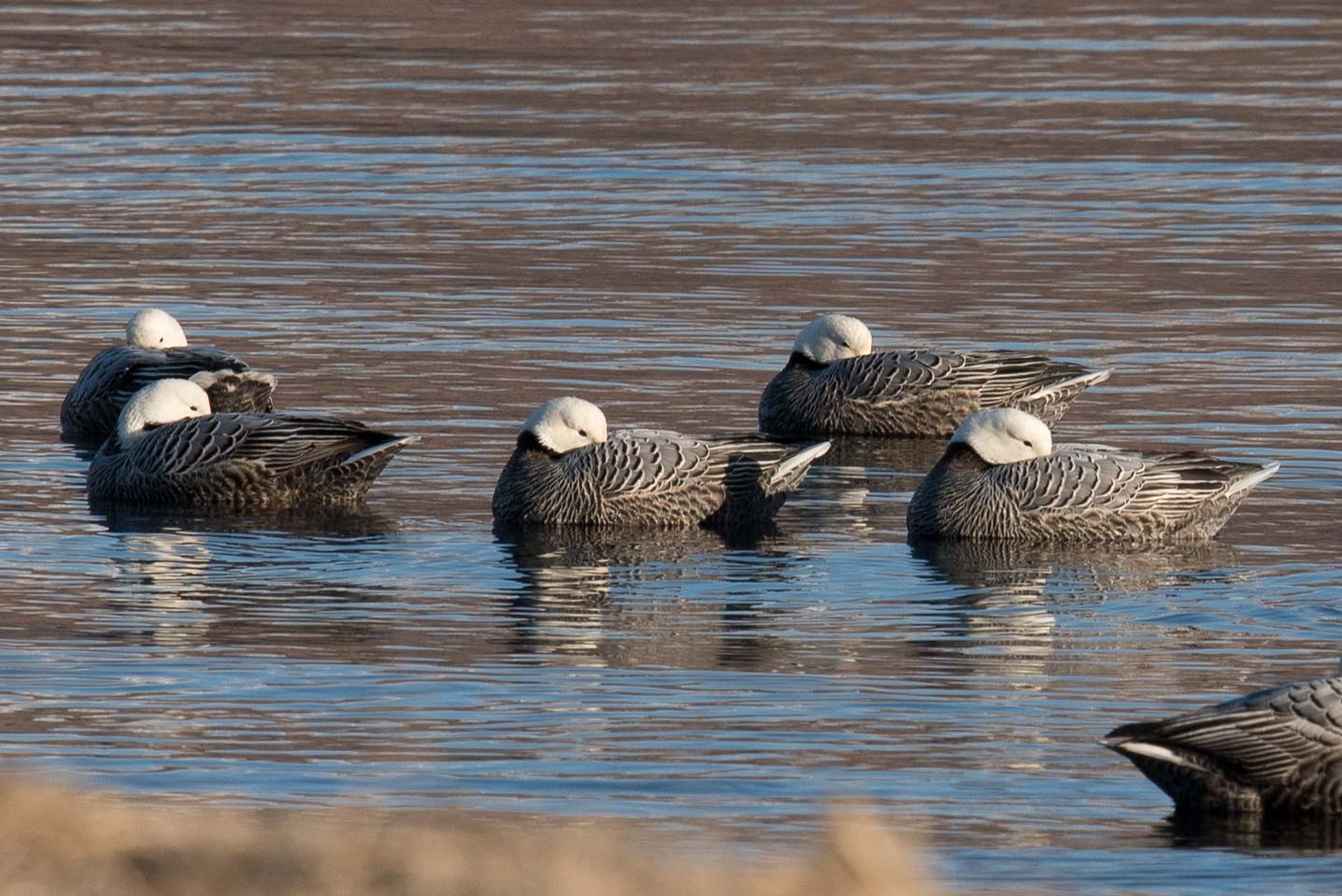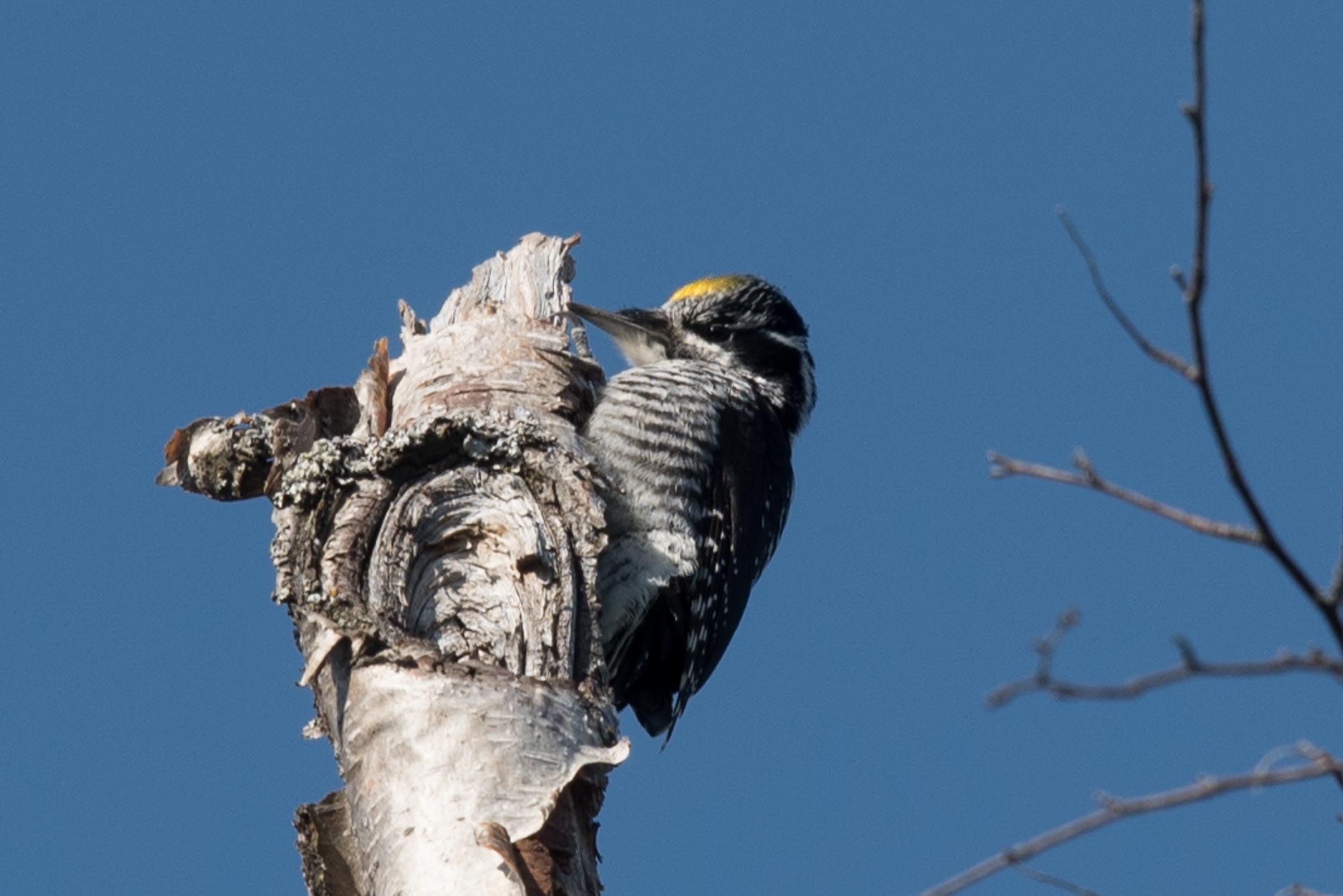
Alaska is rich with exciting birds and is well known for its excellent birding hotspots. Locations like Nome, Gambell, the Pribilof Islands, the Aleutians, and the Arctic National Wildlife Refuge frequently sit near the top of many birders’ bucket lists. In addition to these famous birding locales, the vast state of Alaska harbors a number of underexplored destinations deserving of birders’ attention. Surprisingly, Kodiak Island is not on most birders’ radar as a must bird Alaskan destination.
The birding on Kodiak is at its best in late winter and early spring, long before most other Alaskan birding destinations start heating up, making it the perfect “cabin fever” destination for birders itching to get a jump on spring birding! A long list of wintering waterbirds highlights early spring birding Kodiak. Nearly 1,000 Emperor Geese winter along the road system making for great photo opportunities of this normally difficult to find bird. Three species of eiders winter in Kodiak, including the stunning Steller’s Eider. The diverse array of wintering waterfowl also occasionally includes Tufted Duck, Eurasian Wigeon, or Hooded Merganser. Rarities are also possible; during the winter of 2015-16 a female Common Pochard made herself home in a flock of scaup!
The wintering shorebirds of Kodiak include Rock Sandpiper, Surfbird, Black Turnstone, and one of the largest known aggregations of Black Oystercatchers in the world. With luck, we may find a Red-faced Cormorant roosting with the Pelagic Cormorants or a Yellow-billed Loon along the waterfront. Gull numbers begin to build in early spring around the seafood processing plants and most winters a Slaty-backed Gull can be found in the flock.
With a human population of around 6,000, Kodiak is a large city by Alaskan standards and offers all the amenities required for a comfortable and relaxed birding tour. During our tour, we’ll spend three days birding the more than one hundred miles of maintained roads on the Kodiak road system. We’ll stay at a comfortable hotel and eat at restaurants in Kodiak.
Tour Synopsis
This short tour and extension are designed to combine three excellent locations and some of the best late winter/early spring birding Alaska has to offer:
- Wintering waterbirds of Kodiak Island, including Emperor Goose, Steller’s Eider, and Yellow-billed Loon
- Boreal specialties, including the northern woodpeckers
- McKay’s Buntings on their wintering grounds
Day 1: We’ll meet at the Anchorage airport for a morning flight to Kodiak. After checking in at our hotel we’ll spend the rest of the day birding.
Days 2-3: Birding Kodiak, then an evening flight to Anchorage on Day 3.
Day 4: We’ll spend a day birding just north of the Anchorage area looking for American Three-toed and Black-backed Woodpeckers. Spruce Grouse is also possible.
Day 5: For those not taking the Nome extension, the tour ends this morning in Anchorage.
Day 5-6: Optional extension to Nome for McKay’s Bunting.
The tour cost includes: round trip airfare from Anchorage to Kodiak; lodging in Kodiak on Day 1 and 2; lodging in Anchorage on Day 3 and 4; ground transportation and guiding throughout. Meals are not included in the tour cost. Price based on double occupancy; single supplement is available.
